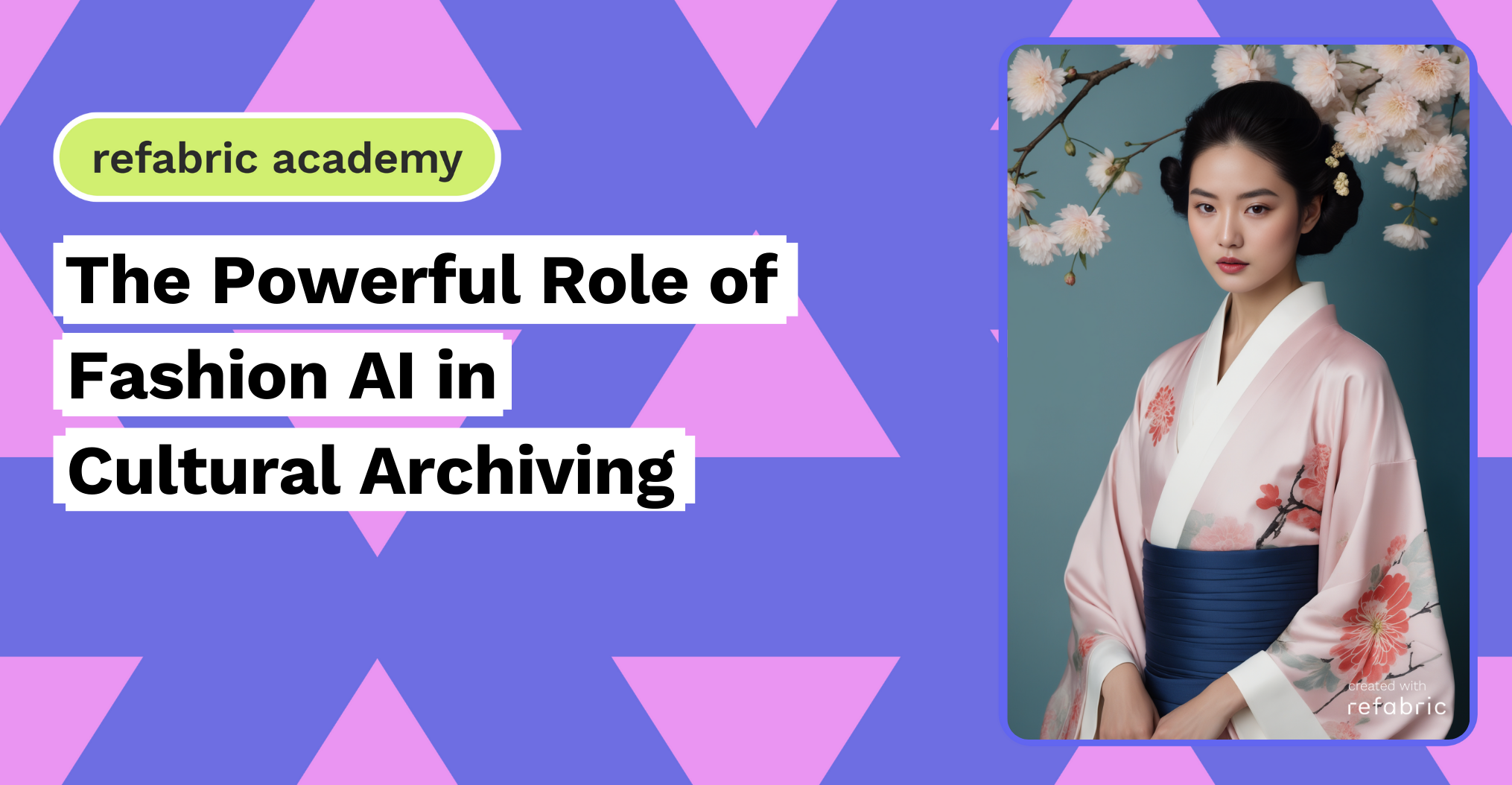Fashion AI is transforming how historical garments are archived, analyzed, and reinterpreted, preserving fashion’s rich cultural heritage in an industry often characterized by rapid innovation and shifting trends. As a powerful tool, fashion AI enables designers, historians, and brands to delve into the past, capturing every detail of historical pieces while inspiring fresh, innovative reinterpretations. From intricate textile reconstruction to immersive digital storytelling, fashion AI is redefining cultural archiving, making fashion history accessible, relevant, and integral to today’s design landscape.
Digitizing Historical Garments with Precision and Care
One of the most pressing challenges in archiving fashion’s cultural history is the preservation of physical garments, which deteriorate over time despite careful conservation. Fashion AI tools, with their ability to scan and digitally reconstruct fabrics, have become instrumental in capturing the finest details of these garments, from their texture and colors to embroidery techniques that might otherwise be lost to history. High-resolution 3D scans powered by AI enable archivists to store garments digitally, allowing experts to closely study every stitch, drape, and contour in a way that reduces wear and tear on the original pieces.
This digitization extends to clothing patterns, material properties, and construction techniques, capturing the essence of historical garments without relying solely on their physical forms. Virtual preservation opens up the possibility of creating interactive exhibitions in the Metaverse, where fashion enthusiasts can ‘experience’ garments from different eras and understand the cultural context that shaped each piece.
Reinterpreting the Past for Modern Design
Beyond preservation, fashion AI is helping designers reinterpret historical garments for modern collections. Tools like generative AI and machine learning algorithms analyze patterns, cuts, and fabric compositions from archived garments and make design suggestions that blend the past and present. Through advanced algorithms, AI systems recognize and replicate traditional craftsmanship techniques—whether it’s the intricate lacework of Victorian gowns or the bold patterns of Art Deco dresses—and suggest how these elements could translate into contemporary styles.
Preserving Cultural Narratives and Regional Crafts
Fashion AI’s role in cultural archiving also extends to safeguarding regional crafts and local garment traditions, which are often at risk of fading as modern fashion moves towards mass production. With fashion AI, even small, intricate design elements unique to specific cultures can be documented, cataloged, and brought into a digital archive that preserves their historical and cultural significance. For instance, traditional embroidery styles or weaving techniques specific to a certain community can be studied, replicated, and even taught through digital modules, ensuring that these techniques are not only remembered but revived in future designs.
Additionally, AI offers a way to connect these heritage techniques with audiences worldwide, encouraging cultural appreciation and the inclusion of regional artistry in the global fashion dialogue. Designers can access AI-powered databases to learn about different regional styles, fostering a more inclusive design process that acknowledges and celebrates cultural diversity.
Fashion AI’s Potential to Democratize Access to Fashion History
Digitization, combined with AI-driven reimagining, democratizes access to fashion history. Museums, once the sole guardians of fashion artifacts, can now use AI technology to create interactive exhibits accessible online, allowing people from all over the world to engage with historical garments in ways never before possible. AI-guided tours, 3D garment visualizations, and even augmented reality applications allow users to experience historical designs in a virtual setting, fostering a global appreciation for fashion’s evolution.
AI technology can also help break down fashion history into digestible, visually engaging formats, presenting narratives that are often missing from traditional fashion education. For instance, interactive AI exhibits might focus on overlooked designers from diverse backgrounds or explore how specific garments symbolized social movements.
A Future Rooted in Heritage and Innovation
As fashion AI continues to advance, the line between archival work and active design will continue to blur, paving the way for a future where heritage and innovation coexist seamlessly. By preserving and reimagining historical garments, fashion AI doesn’t just keep the past alive—it inspires designers to approach fashion with an appreciation for its rich, complex history. This evolving relationship between AI and cultural archiving could redefine how we view historical garments, making them a vital part of modern design narratives and ensuring that fashion’s cultural legacy endures for generations to come.
